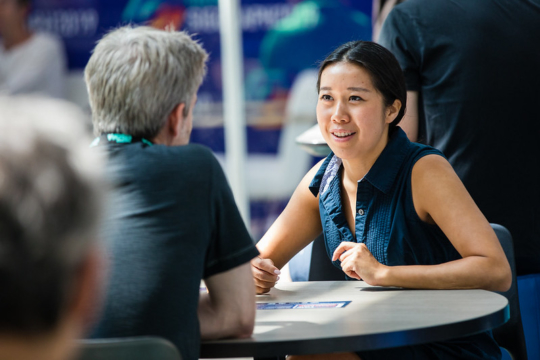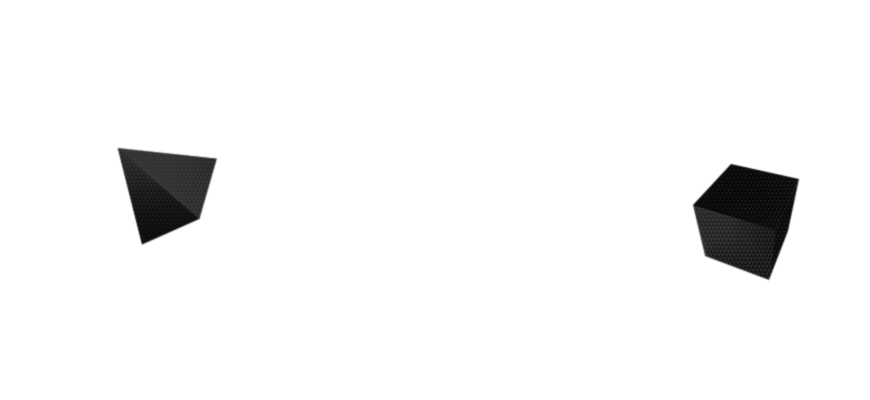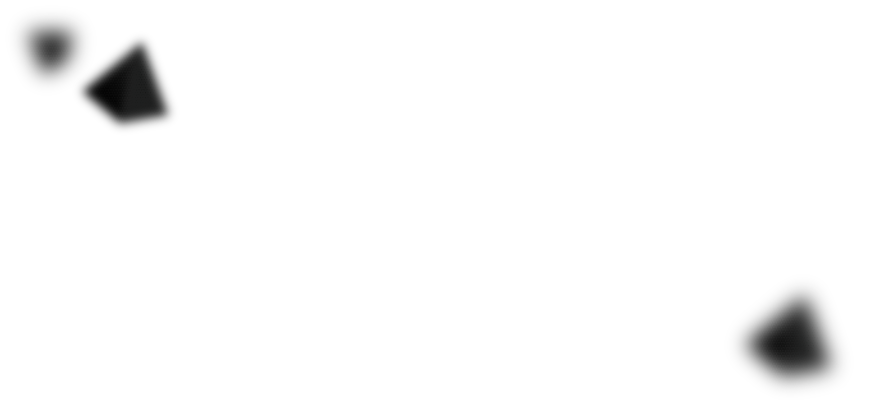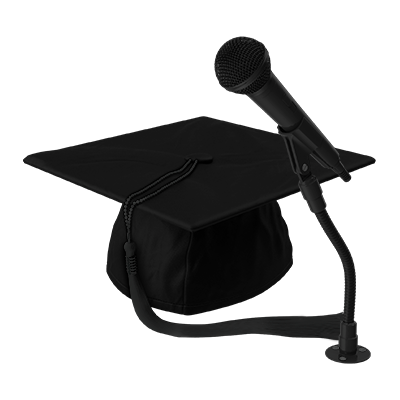Inspiration for Educators
Educator's Forum
Educators find inspiration and new ways to weave the latest graphics research into the classroom with ideas from industry, research, and academia.




How to Submit
SIGGRAPH 2021 is excited to announce that we will be a virtual-only event. We look forward to celebrating 48 years of advancements in computer graphics and interactive techniques in our virtual venue. We are excited you are submitting your work for consideration. As we finalize our conference plans, visit the About the Conference page for the latest updates.
Log into the submission portal, select “Make a New Submission,” and select General Submissions. To see the information you need to submit, view the Sample Submission Form.
Below are the components you need to include in your submission:
- Presentation format. To propose a GGA, please select “Groovy Graphics Assignment” as your presentation format. You will be taken to the forms specific to this presentation format. Please see below for more information about required information and materials for this presentation format.
- A representative image suitable for use on the conference website and in promotional materials. See the Representative Image Guidelines.
- A two-page abstract describing your work. Formatting instructions and examples are available here. Here is a well-formatted example. The two-page abstract should explain the assignment and contextualize the contribution for other educators who will be using it in their educational setting. The abstract must include metadata in tabular form (include a table that replicates the metadata table found here) and must provide classification of the assignment with respect to its content and level of study (undergraduate, graduate, etc.).
- Length of talk: 20 minutes
- Supplementary text document (PDF). This material can include text and images to help the jury further understand any unique results of your GGA submission beyond the merits of your required abstract. This material is only for optional jury use and might not be reviewed. Critical information for your submission should be noted in your abstract.
Evaluation
What makes an assignment innovative? That’s up to you! Here are some thoughts:
Fun – GGAs often have a playful aspect. The best of these assignments have deep learning objectives wrapped in a fun, inviting way that encourage students to explore and play with the material.
Topical – To be broadly useful, these assignments should fit within a curriculum that makes sense for a wide range of programs. This may mean introductory computer graphics courses but also the types of upper division courses that many schools offer.
Platform/Language – Platform independence is desirable but not critical. GGAs that are independent of non-standard libraries and platforms are more widely useful. We understand, however, that the nature of computer graphics and interactive techniques makes some platform dependence inevitable.
Scalable – Many of the best assignments have multiple levels of engagement. There may be a core part of the assignment that all students undertake, for example, and then “stretch goals” for advanced students.
Adoptable – The grooviest of the GGAs will be easy for an instructor to adopt for their own course. This means including a wide variety of materials like documentation, starter code, data files, example solutions, and other ancillary materials.
Inspirational and thought-provoking – Some GGAs will be most interesting not through the exact assignment archived but by how they inspire educators to think in new directions and develop their own GGAs.
Upon Acceptance
You will be notified of acceptance or rejection of your presentation at the end of April 2021 and receive an email from “rightsreview@acm.org” a link to your work’s rights permission form within 72 hours of notification of acceptance of your work to the conference. When your rights form has been delivered to ACM, you will then receive an email from “tapsadmin@aptaracorp.awsapps.com” with information about the preparation and delivery of your material to TAPS for publication.
Please make sure that emails from “rightsreview@acm.org” and “tapsadmin@aptaracorp.awsapps.com” are part of the “allow list” in your email program, so that you do not miss these email messages.
The source (Word or LaTeX) of your abstract, as well as any supplemental materials, must be delivered to TAPS, ACM’s new article production system. TAPS will generate the PDF and HTML5 versions of your abstract for publication in the ACM Digital Library.
You must deliver your material to TAPS, resolve any formatting issues identified by TAPS or by the proceedings production editor, and approve your material for publication by 28 May 2021. If you cannot meet that deadline, you will not be allowed to present your material at SIGGRAPH 2021.
Information about the preparation and delivery of your final material to TAPS can also be found at https://homes.cs.washington.edu/~spencer/taps/taps.html.
After acceptance, the submission portal will allow you to update basic information about your work and upload any final materials for inclusion in the conference program. This information needs to be finalized two weeks after acceptance. Final versions of accepted work must be submitted before required deadlines (normally one week after acceptance notification). You will receive information on how to submit final versions of your accepted work and the deadlines for final updates.
Additional supplementary material will be submitted for archiving in the ACM Digital Library. This supplementary material will vary from assignment to assignment, but it typically includes handouts, documentation, starter code, data files, assets, and example solutions.
Pre-Recorded Video Presentation
To present in the virtual conference, the authors must: 1) provide a video of their presentation, and 2) plan for one author to be present for the entirety of the virtual session for their Groovy Graphics Assignment. Final accepted video presentations will be published in the ACM Digital Library. Further details and instructions regarding the video specs will be provided upon acceptance.
Presenter Recognition
To present your work at SIGGRAPH 2021, at least one contributor per submission must register at the appropriate registration level. All other contributors can register at the level of their choice.
You can find a link to the contributor recognition policy here.
ACM Rights Management Form
If your work is accepted for presentation at SIGGRAPH 2021, you must complete the ACM Rights Management Form. The form will be sent to all submitters whose work is accepted.
Your representative image and text may be used for promotional purposes. Several SIGGRAPH 2021 programs — Art Gallery, Art Papers, Real-Time Live!, Technical Papers, and all installation programs — will prepare preview videos for pre-conference promotion of accepted content, which may include a portion of the video you submitted for review. You may grant or deny us the ability to use the representative image and submitted video for these purposes.
Timeline
23 February 2021, 22:00 UTC/GMT
Submission form deadline
End of April 2021
Acceptance or rejection notices are sent to all submitters.
10 May 2021
Deadline to make any changes to materials (i.e., approved title changes, presenter names, descriptions) for publication on the website.
28 May 2021
Two-page abstract due. If we do not receive your revised abstract by 28 May 2021, you will not be allowed to present at SIGGRAPH 2021.
Summer 2021
SIGGRAPH 2021

